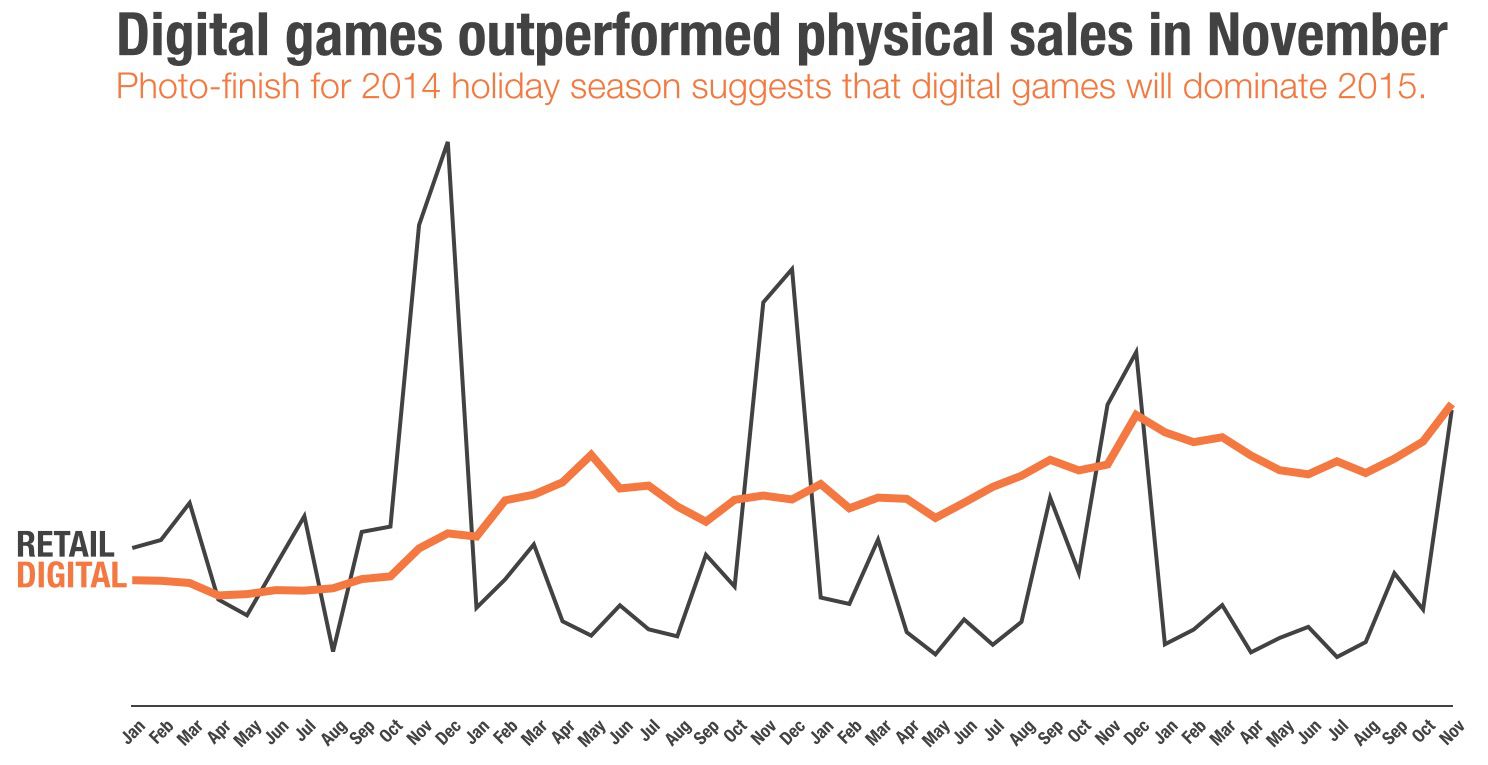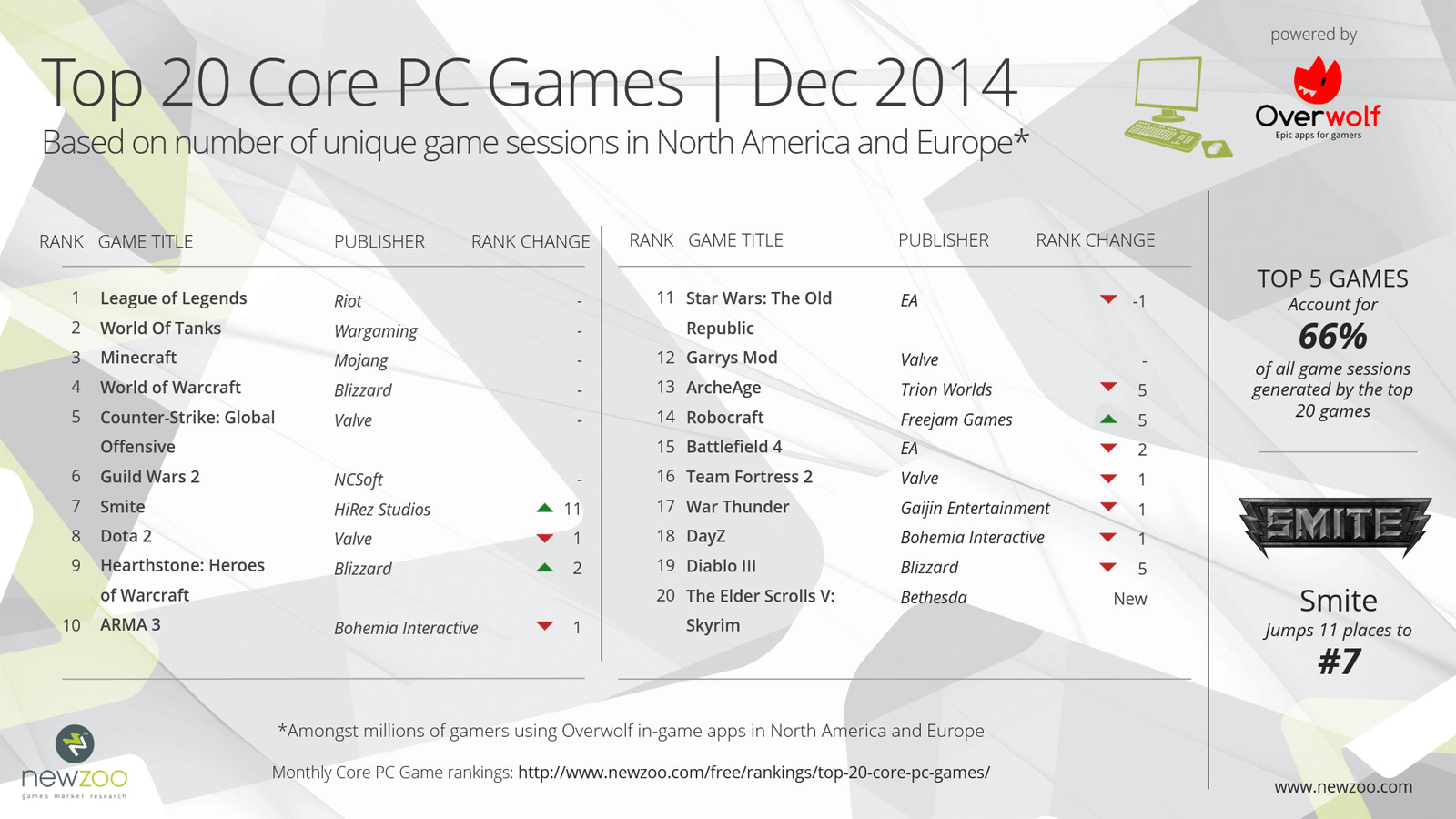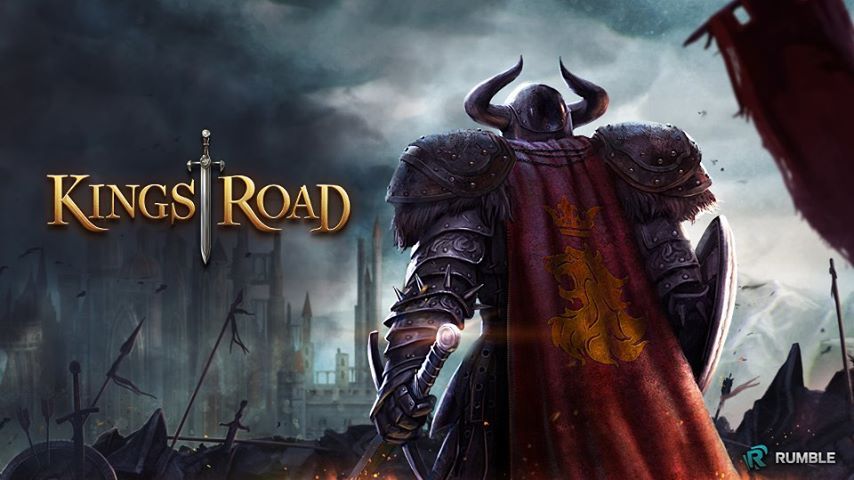“We all saw this shift coming, I don’t think anyone realized how fast this shift was going to come,” said BuzzFeed’s VP of west coast, Terry City, the first keynote at the 10th [a]list summit about mobile marketing on Dec. 3rd.
If you ask anyone to name some of the top publications they read on mobile, they will very likely name BuzzFeed if it isn’t the very first one they say. Even if City hadn’t seen the shift coming as fast as it is, BuzzFeed has certainly kept up with the shift in step. According to City, 60 percent of total time spent on mobile is social, and Buzzfeed matches that figure when it comes to their ownmobile traffic too. These are appealing figures to marketers in 2015.
How is this possible BuzzFeed’s hyper-focus on mobile is paying off as mobile is proving to be a screen that people spend a lot of time with (70 percent longer time on mobile pages than desktop) and share a lot more from (2.2 times higher share rates than desktop).
“Now we’re seeing social being the starting point,” said City, bringing up that the Internet funnel we had become acquainted with over the past years where users visit an portal like Yahoo or MSN, proceed to search for what they need and only then share on social. The mobile revolution has essentially turned that model upside down. “Seventy percent of our audience comes to BuzzFeed just to find something to share.”
“Seventy percent of our audience comes to BuzzFeed just to find something to share.”
The extent to which BuzzFeed focuses attention on mobile is notable. City says that BuzzFeed has a dedicated team which they refer to as the “Mobile Island” which is paid to think about mobile all day. Beyond that, BuzzFeed has a dedicated editorial team and one that creates content for brands.
This year, City says that BuzzFeed has seen a shift in the social network they are seeing the most traffic from. Interestingly, Pinterest has supplanted Twitter as the top traffic-driver for the site, which they have gone to lengths to improve the ease of sharing from by making it so readers could Pin a photo with just one click. This has driven traffic from Pinterest up even higher.
BuzzFeed’s philosophy and theory about their wildly popular content BuzzFeed sees their community as the Bored At Work Network, or the BWN. This is, according to City, “bigger than BBC, CNN or any other traditional network” and “a decentralized network that enables media to go social if ordinary people enjoy sharing it.”
“We have this theory that great content finds its audience,” said City. BuzzFeed certainly incorporates this mindset into their work with brands as well. City shares his concern that the shift in marketers’ digital budgets are behind the social shift. “There is definitely banner blindness out there.”
“We have this theory that great content finds its audience.”
“The funny thing is, people love brands […] they just don’t like to be advertised to,” City goes on to say. He shared a now-famous campaign that BuzzFeed collaborated on with Friskies, Dear Kitten, that City says basically broke the Internet.
BuzzFeed is seeing mobile video content increase in popularity by leaps. In just this past year, BuzzFeed’s video content has seen a jump in 140 million video views. This has spured the publication to create BuzzFeed Motion Pictures which City says “it will not be done in the traditional sense of Hollywood,” but focus on creating .gifs, 2 minute videos, and maybe some longer video in the future.
“Remember, if it doesn’t work on mobile, it doesn’t work,” said City in closing.


 Greg Richardson
Greg Richardson

